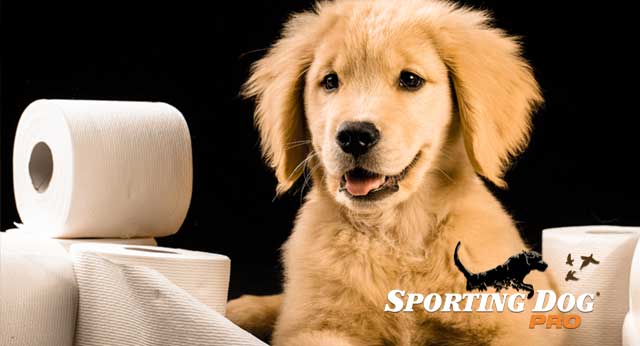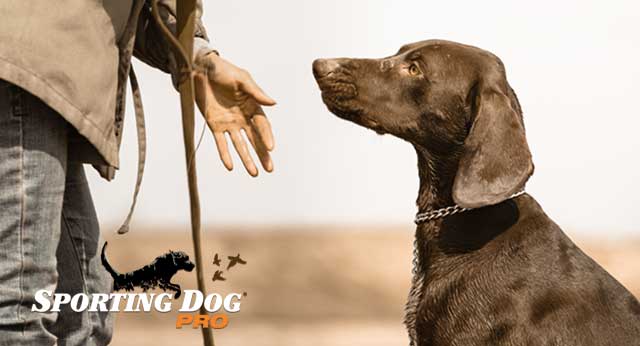You have no items in your shopping cart.
7 Tips For Housebreaking Your Dog

Because most of our dogs live inside with us, it is important to have a house trained dog in order to instill in him good habits and make him a pleasure and not a burden to have inside. My veterinarian recommends that you start training your puppy when he is about 12 weeks old. If you have waited later, it’s fine, just start whenever you can. If you are trying to housebreak an older dog, the process will be basically the same but, it will most certainly take longer.
1. Choose a Method
There are many different proven methods to housebreak your dog. Some experts say use a crate, some say confine him to a small area and others just keep him in a box. However, they all follow a few of the same basic principals. The key components are patience and consistency. Whatever method you use, if you stick with it long enough it should work. Don’t try to alter what you are doing mid-training because you will only prolong your training period and more than likely confuse your dog.
2. Meal Schedule
Many dog owners who struggle with house training have their dog on an irregular feeding schedule. One key to a quicker result is to have a feeding and watering schedule while house training. Once you have him on a regular schedule it is much easier to determine when he will have to go outside.
3. Potty Schedule
Once you have him on a regular meal schedule and have determined when he will most likely have to go, you can start to set a schedule. Starting with first thing in the morning after you get up. Keep in mind, if you don’t want your dog to wake you at 4 o'clock A.M. then don’t train him to go at that time. Once he is established in that schedule you will be able to deviate from the schedule for special circumstances and it shouldn’t effect the training.
4. His Area
It is best, especially when beginning his training, that you use the same general area for him to relieve himself. He will more than likely return to that spot not only because of scent but, out of habit. He is less likely to get distracted if you take him to the same area consistently and he will not be as curious of his surroundings if they are unchanging.
5. Reward Him
It is important to offer him plenty of praise when we does his business. He will see this as something he does to please you and realize that you are much happier when he goes outside then when he goes inside. Offering a reward is optional, some more stubborn dogs might need a treat or a way to convince them to go but, it isn’t something that should continue for very long.
6. Get The Whole Family Involved
Even though you might be his main trainer, it is a great idea to have each family member be a part of house training. Training of any kind forms a bond with the person training him and the dog and house training is the same way. Plus, your dog will tend to go to the one that trains him if he has to relieve himself and it is nice to have everyone in the household on board so that he will go to anyone and they will pick up on his signals. Just make sure everyone follows the same procedure especially at the beginning so the training isn’t prolonged by confusing him.
7. It Takes Time and Patience
It usually takes several months to a year for some difficult breeds to be fully house broken. This may seem like a long drawn out time but, it gets better each day. The payoff for sticking with the plan will be well worth it. In the end the more time you spend consistently training him, the less likely he is to have accidents.
Whatever method you decide to use will work as long as you learn to recognize the signals that your dog gives when he has to go and stick with the plan. After a while you should have a peaceful house broken dog and build a better relationship with him along the way.












